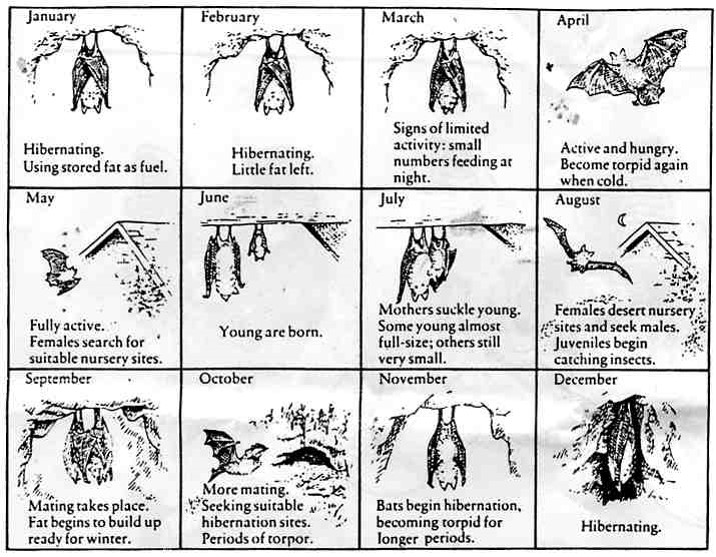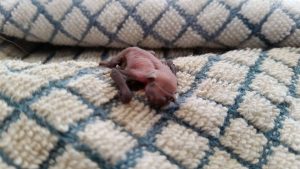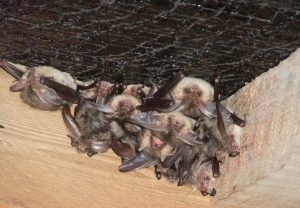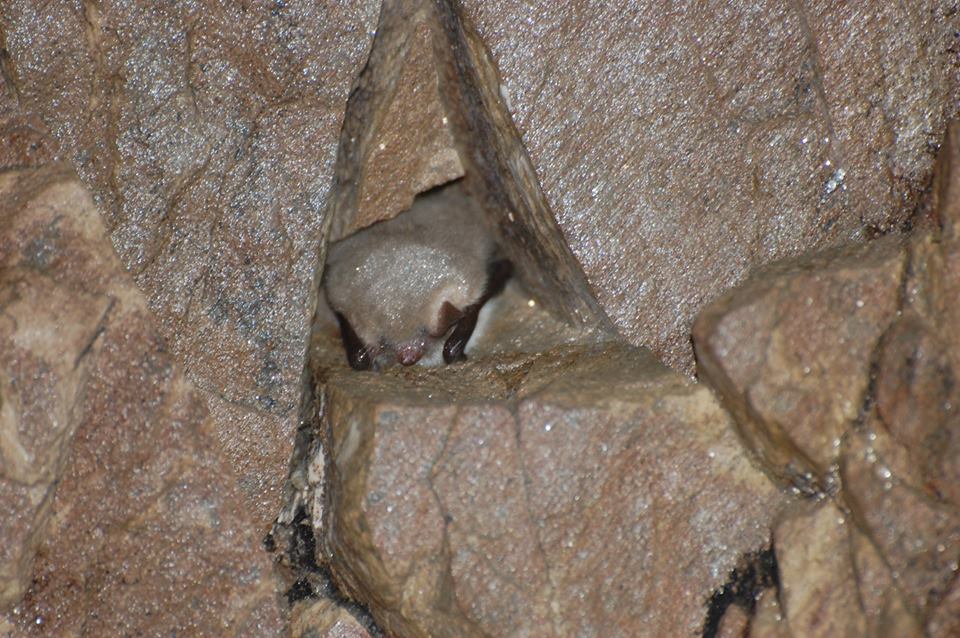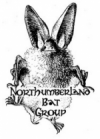A bat is just a bat isn’t it?
Well, it’s not that simple, there are 18 different species of bats in the UK. Of which 17 are known to breed here too. As Northumberland is in the north of England, it is a bit colder than say Kent in the south, so we have only 11 or so species, click here for more information.
It is worth noting that all bats are protected by law and it is illegal to capture or handle them without a licence. Many bats like living with humans, as our buildings provide an alternative roost site to old, dead trees and our gardens provide excellent habitat for them to feed in.
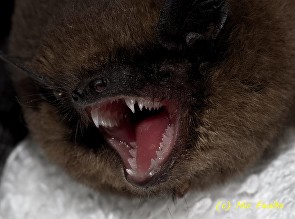
Bats or Chioptera can be split in to two groups: Megachiroptera (fruitbats) and Microchiroptera (the insect eaters):
Bats in the UK are in the order called Chioptera, which is the second largest species group of mammals (only the rodent group is bigger!). In the UK we only have the insect eating bats. During the colder winter months when lest insects are around our British bats go in to hibernation.
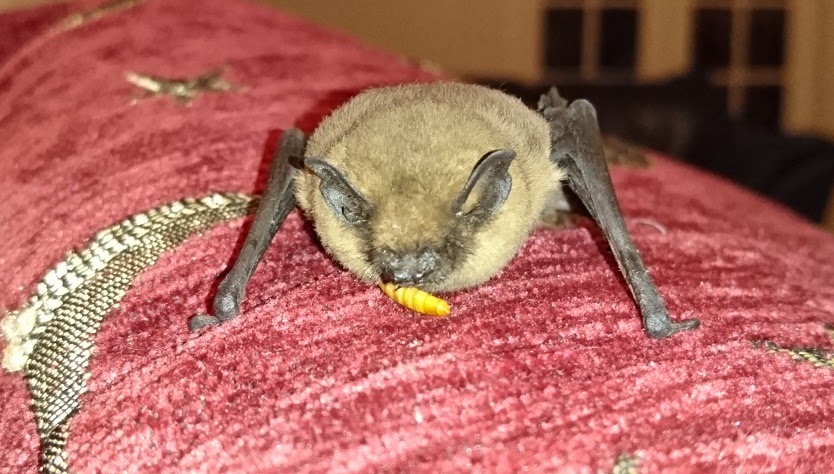
Fruit bats, or megabats as they are known, live in tropical climates, where they can eat fruit pollen or drink nectar year round. They do not echolocate, but still fly at night relying on a good sense of smell and eyesight to find their way around. The biggest bats in the world are fruit bats
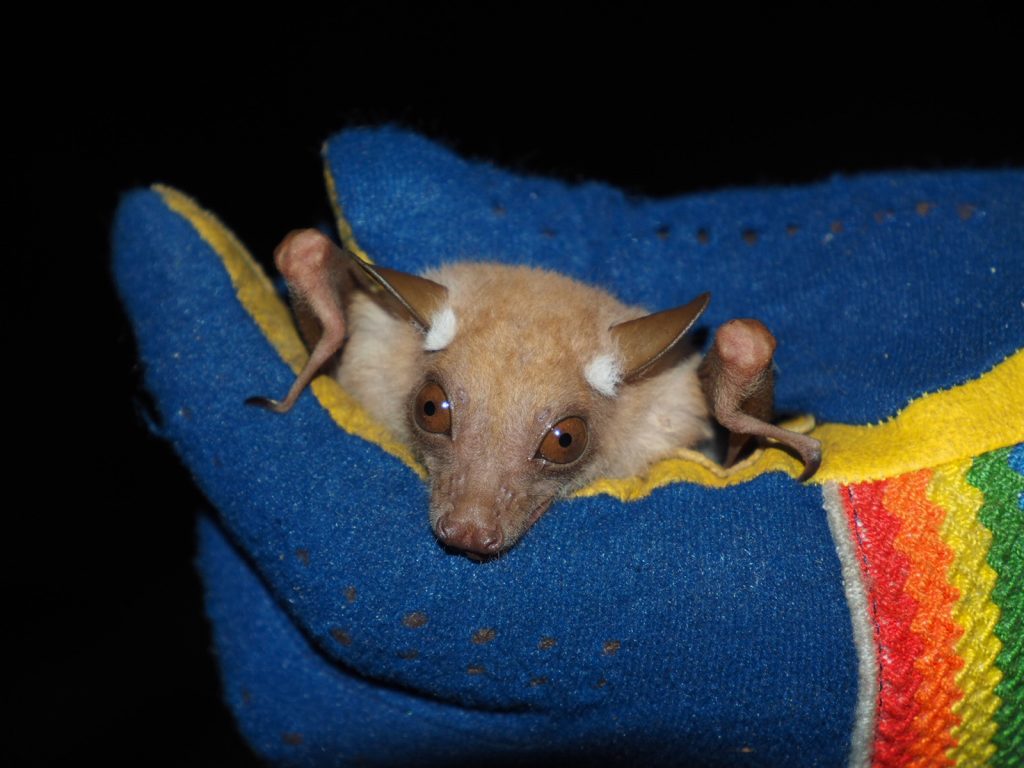
The life cycle of the British bat is quite interesting, see the diagram below for more information.
